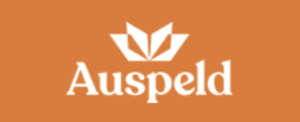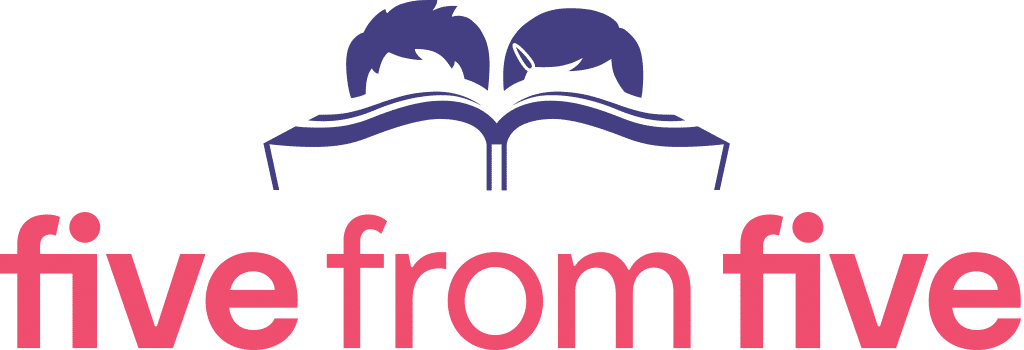Understanding dyslexia
Home » Parent Resources » Does my child need help? » Understanding dyslexia
While up to 20% of children can have difficulties in learning, many improve their reading if given highly effective instruction and targeted interventions in school, with appropriate support at home. A much smaller proportion of children ― around 3%-5% ― have a specific learning disability diagnosed by an expert and requiring specialist intervention.
The most common specific learning disability affecting reading progress is dyslexia. Dyslexia is often mischaracterised as involving visual impairments, however it is most often due to difficulties with phonological processing ― awareness and identification of the sounds and structures of spoken language.
The following advice is from AUSPELD ― Australian Federation of SPELD (Specific Learning Disability) Associations.
What is dyslexia?
Dyslexia is the most common form of learning disability, accounting for 80% of all children identified. Problems with reading, and related difficulties in comprehension, spelling and writing are common for these children. Many people with dyslexia also experience difficulties with working memory, attention and organisational skills.
Dyslexia can be defined as a specific learning disability that is neurological in origin. It is characterised by difficulties with accurate and / or fluent word recognition and by poor spelling and decoding abilities.
These difficulties typically result from a deficit in the phonological component of language that is often unexpected in relation to other cognitive abilities and the provision of effective classroom instruction.
Secondary consequences may include problems in reading comprehension and reduced reading experience that can impede growth of vocabulary and background knowledge.*
* This definition is the preferred definition of AUSPELD as well as the International Dyslexia Association (IDA) and the National Institute of Child Health and Human Development (NICHD).
How is a specific learning disability like dyslexia diagnosed?
Students with learning disabilities are often found to have difficulties with phonological processing, orthographic processing and working memory.
It is generally agreed that ‘Specific Learning Disorders’ are one of a number of neuro-developmental disorders.
The current DSM-5 guidelines for psychologists undertaking learning disability assessments specify that specific learning disorders with impairment in reading (dyslexia), and/or impairment in written expression, and/or impairment in mathematics (dyscalculia) are diagnosed through:
- A clinical review of the individual’s developmental, medical, educational, and family history;
- Reports of test scores and teacher observations; and,
- An evaluation of the individual’s response to academic interventions.
Many students with learning disorders are found to have processing weaknesses. This is particularly the case for reading and written expression disorders. As a consequence, assessments will often include a review of phonological processing, orthographic processing and working memory. This information helps to inform ongoing intervention and support.
Phonological processing is a term used to describe the way we process language. It includes our awareness of the sounds and structure of the sentences and words we hear, how well we remember speech, and how quickly we can name things that we know.
Orthographic processing relates to the processing of written language and starts with our ability to remember the shape and form of the letters of the alphabet as well as the sounds they represent. It also refers to our ability to remember English spelling patterns and rules.
Working memory is the memory space we use to hold small amounts of information while we manipulate it in some way. For example, we use working memory to solve mental arithmetic problems or follow a set of directions. It is different from simple short-term memory because it involves simultaneous ‘storage’ and ‘processing’.
Source: Understanding Learning Difficulties: A Practical Guide for Parents (AUSPELD, 2022)



